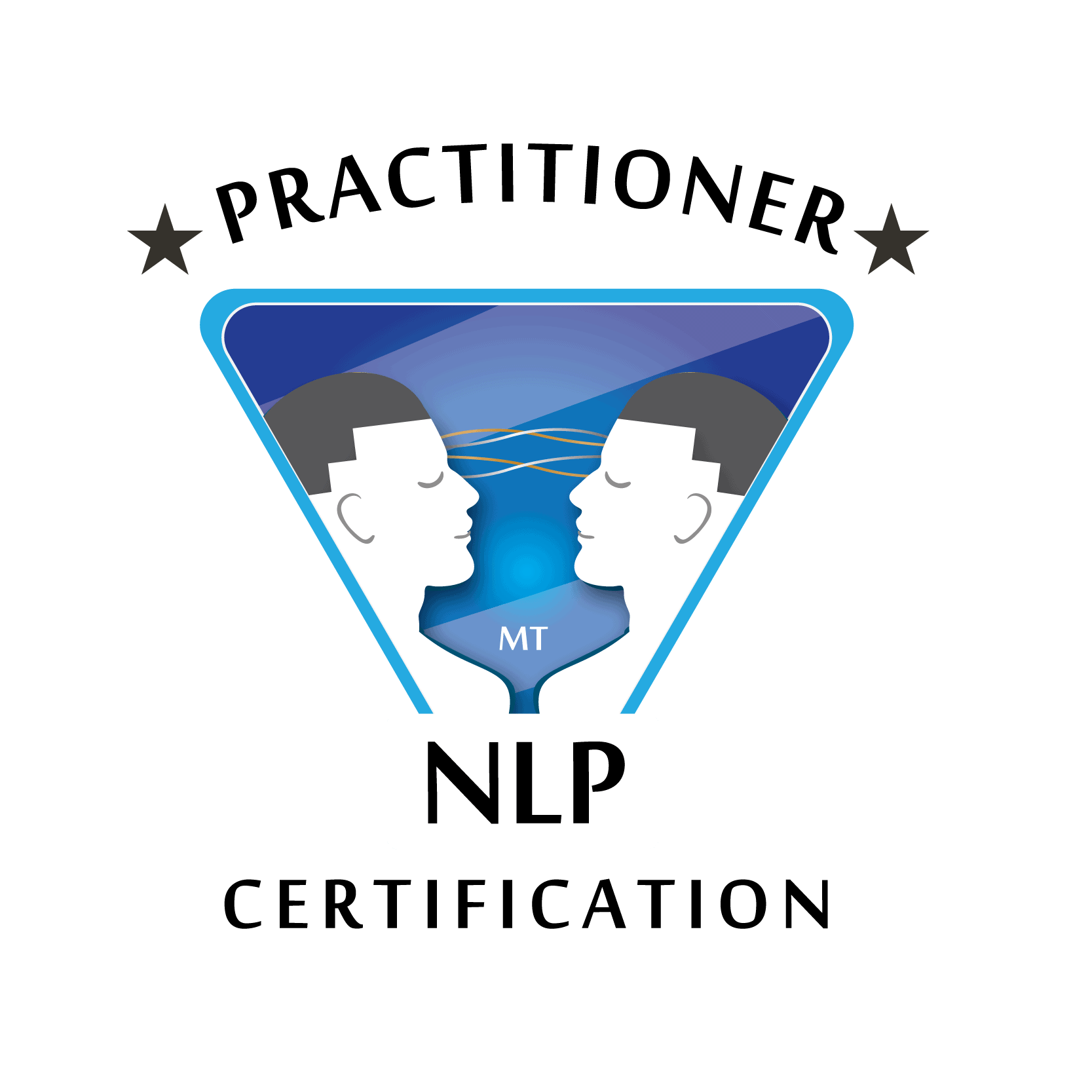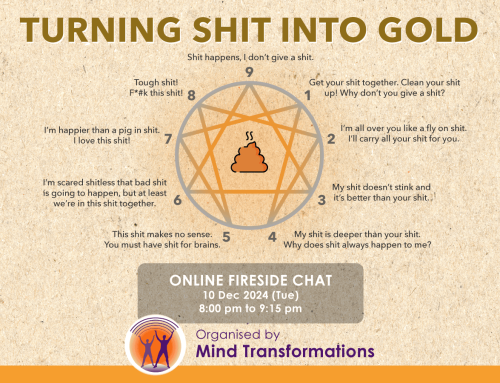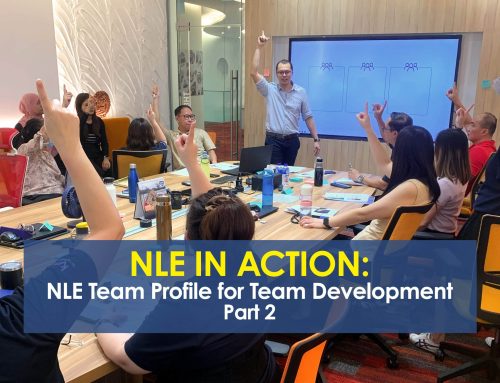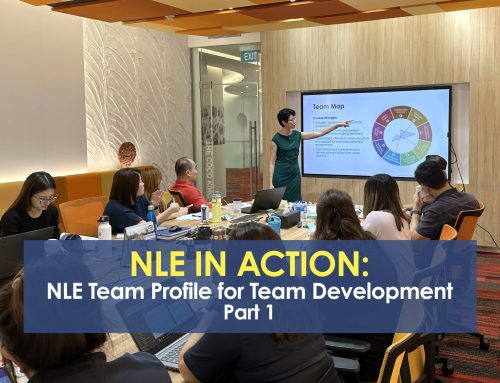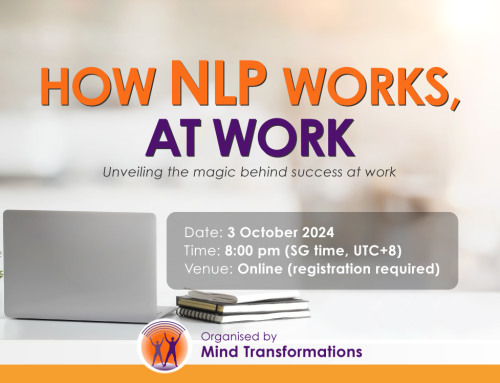

"It is not our differences that divide us. It is our inability to recognise, accept, and celebrate those differences."
– Audre Lorde.
(This is the second article of a three-part series on effective communication in the cross-cultural workplace.)
Each culture's way of prioritising values influences how individuals express themselves, make decisions, and interact with others. Furthermore, each individual brings their unique background and experiences.
Acknowledging and respecting these differences can foster an inclusive work environment where everyone feels heard and valued.
In Part 1, we looked at how honing our ability to observe and respond to others' non-verbal cues in a conversation can increase our effectiveness in communication.
In this next part, we'll leverage a framework to strengthen our cross-cultural awareness and sensitivity.
Part 2: NICE - A Framework for Navigating and Embracing Cultural Diversity in the Workplace
NICE is an acronym for Nomenclature, Intercultural Awareness, Cultural Intelligence, and Empathy. Putting the elements of the NICE framework into practice can enable us to be more sensitive and effective in a multicultural workplace.
We'll explore the components of NICE through some exercises to strengthen our awareness and appreciation of cultural diversity in the workplace. Ready to dive in?
N - Nomenclature: The Language of Culture
Language is the gateway to culture; mastering it will unlock the doors to meaningful communication.
Nomenclature is the vocabulary of culture. It refers to a culture's terminology and categories to describe its beliefs, values, and norms. When you familiarise yourself with a culture's vocabulary, you gain a deeper understanding of their perspectives to communicate effectively.
To build your nomenclature, start by learning keywords and phrases that are unique to each culture.
Exercise
Pick a culture different from yours. Research and list ten essential words or phrases from that culture. Discuss with a colleague and see how many you both know.
When you can use these words in conversation with someone from that culture, you demonstrate respect for their traditions. It also helps you establish rapport and build trust.
I - Intercultural Awareness: The Art of Observing
Intercultural awareness is like having a pair of binoculars that enable you to observe and appreciate cultural nuances. It involves being mindful of differences in nonverbal cues, communication styles, and social norms. Developing intercultural awareness allows you to navigate cultural differences with grace and sensitivity.
Take the time to observe and understand how people from different cultures communicate verbally and nonverbally. Notice their body language, tone of voice, and facial expressions. Pay attention to the contextual cues that shape their interactions.
Exercise
For one week, note the non-verbal cues you observe from colleagues of different cultures. Reflect on their possible meanings and intentions.
The more you practise intercultural awareness, the more attuned you will become to the rich tapestry of diverse cultures around you.
C - Cultural Intelligence: The Bridge Builder
Cultural intelligence is the bridge that connects different cultures and enables effective communication. It is the ability to adapt your behaviour, mindset, and communication style to meet the needs of individuals from diverse backgrounds. By cultivating your cultural intelligence, you can bridge the gap between cultures and build strong, collaborative relationships.
Start by acknowledging and challenging your biases or assumptions about other cultures.
Exercise
List five impressions you have about a particular culture. Research and discuss with someone from that culture. How accurate or biased are your impressions?
Be open and curious; actively seek to understand perspectives that differ from yours. Embrace the idea that there is no one-size-fits-all approach to communication and strive to adapt your style to the needs of others.
Building cultural intelligence takes time and effort, but the rewards are immense in a multicultural workplace.
E - Empathy: The Golden Rule
Empathy is the golden rule of cultural diversity. It is the ability to put yourself in someone else's shoes and understand their experiences and emotions. Practising empathy can foster a culture of inclusion, respect, and understanding.
To cultivate empathy, actively listen to others and seek to understand their unique perspectives and challenges.
Exercise
Form a support group where each person shares a workplace challenge while other members listen empathetically without interrupting. After sharing, each member reflects on the experience and shares how it felt to be heard.
Be present in your interactions and show genuine interest in the thoughts and feelings of others. Celebrate diversity and embrace the richness it brings to your workplace. Empathy is not only about understanding others. It also includes validating their experiences and emotions.
Navigate and embrace cultural diversity NICE-ly
The NICE framework is your compass in the sea of cultural diversity. This framework supports you in navigating the challenges and embracing the opportunities of working in a multicultural workplace.
Let's put on your explorer's hat, embark on a cultural discovery and growth journey, and uncover hidden opportunities for your career.
In Part 3, we’ll learn about the ABCs of effective communication.
(to be continued)
Mind Transformations' NLP training includes observing others' non-verbal cues and regulating our emotions to stay present with others without judging.
You can begin by learning how to Communicate with Impact using NLP. Chat with us to find out more: info @ nlpsgasia.com.
